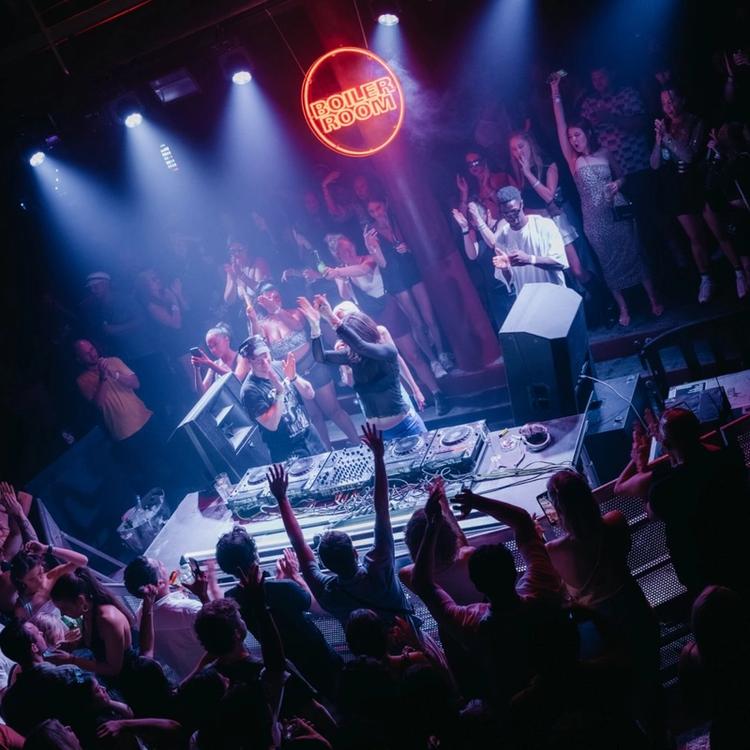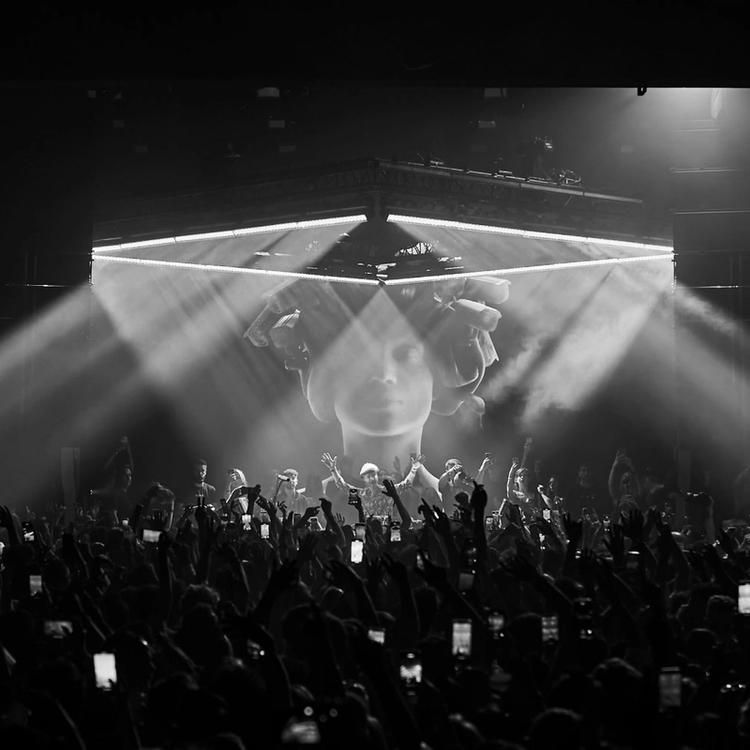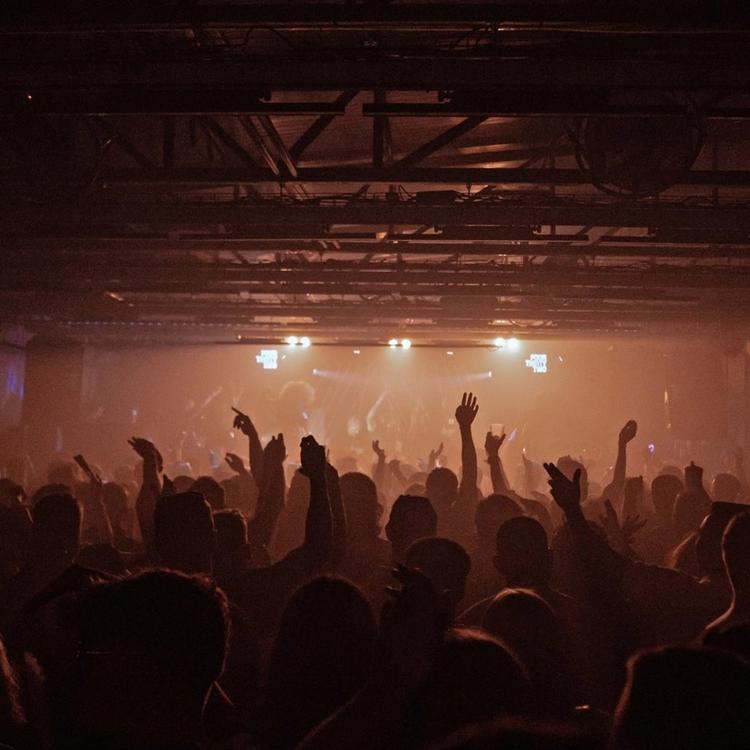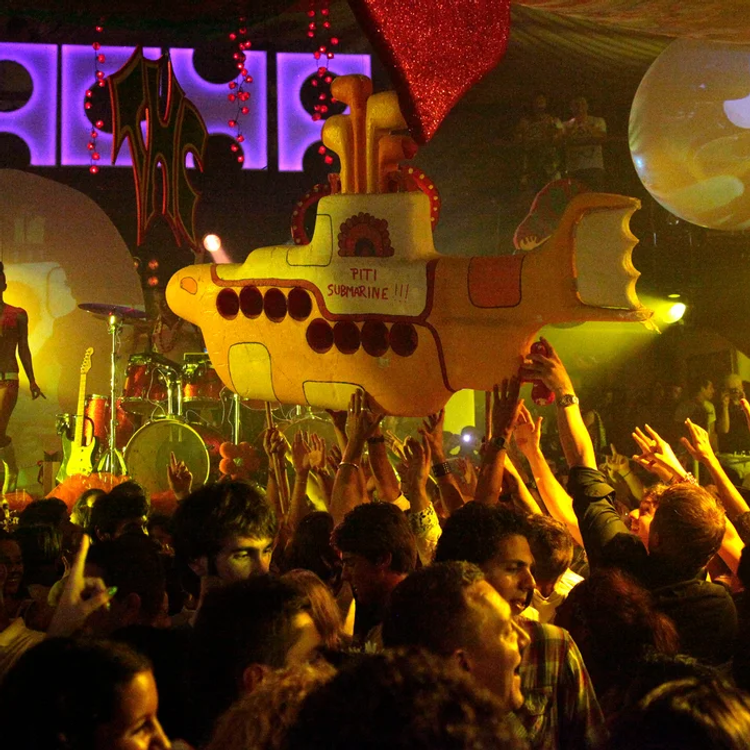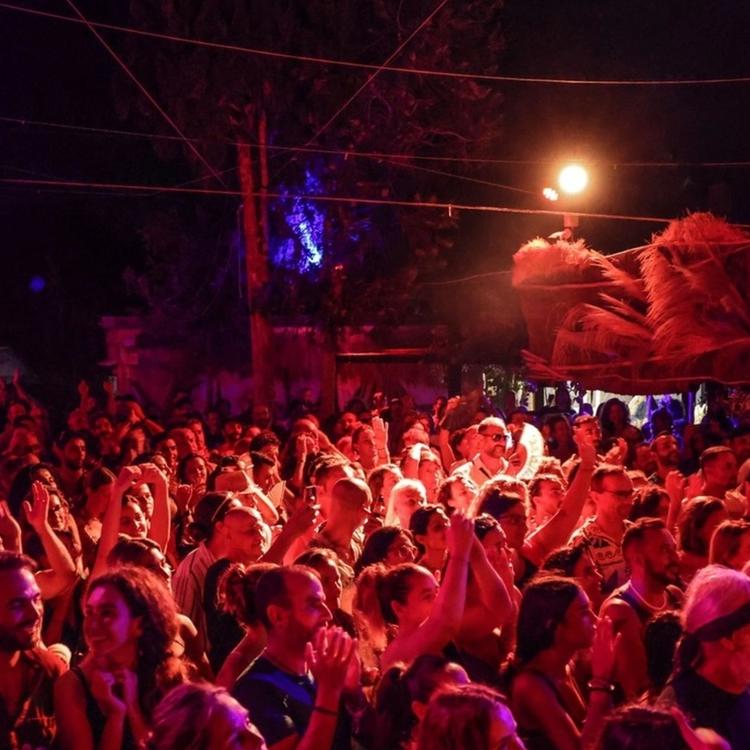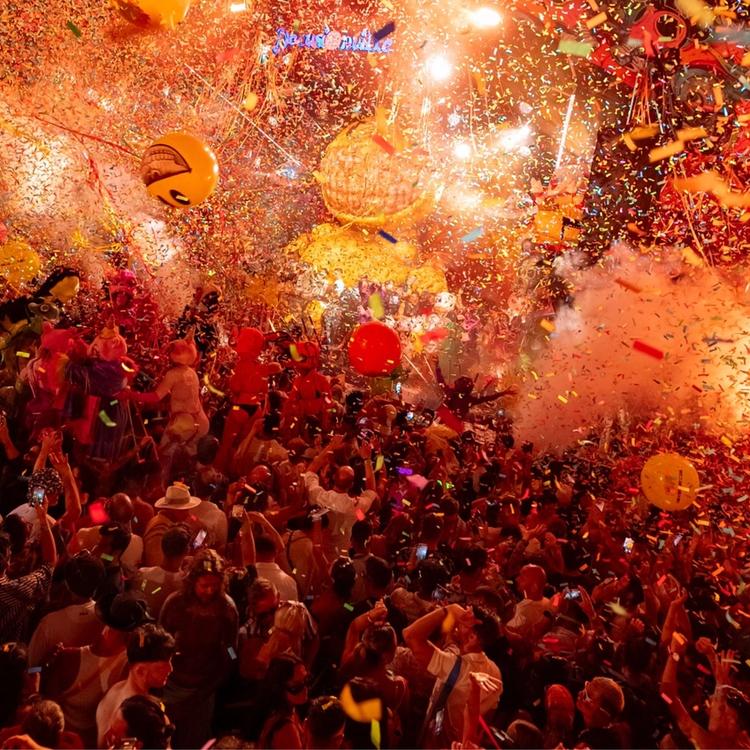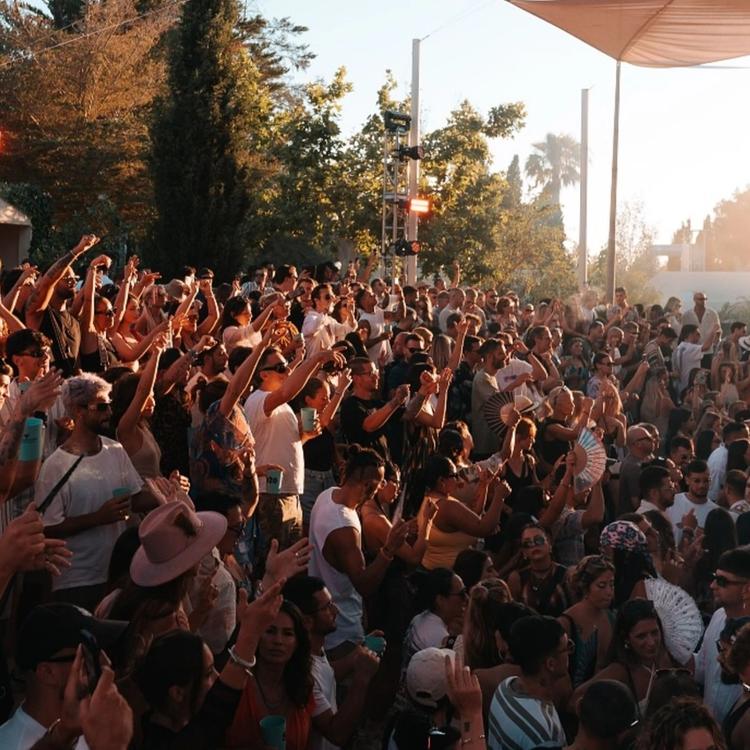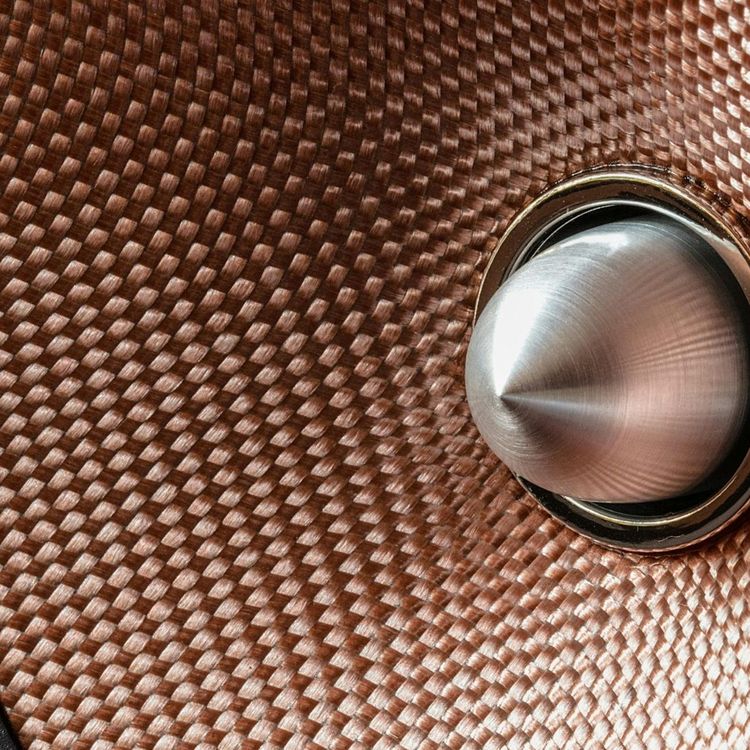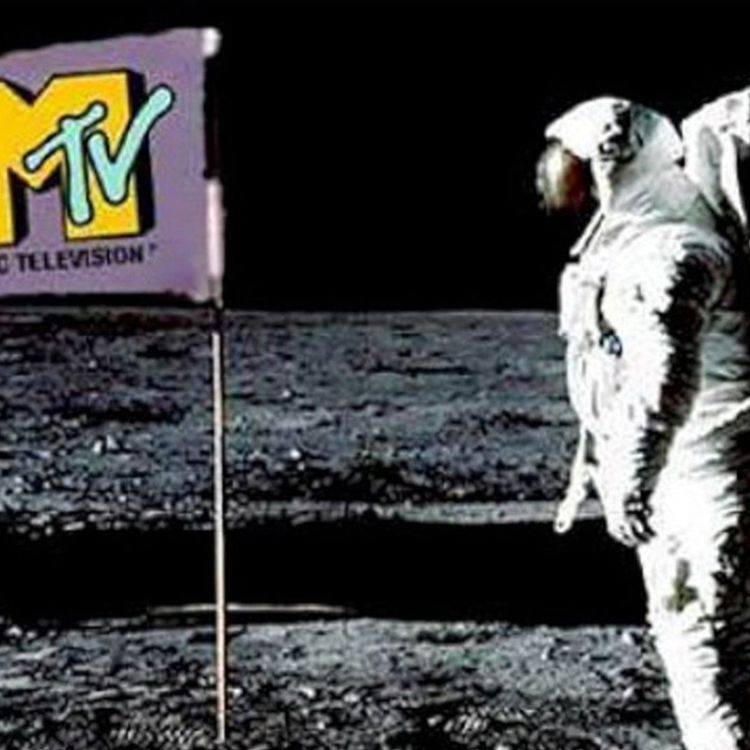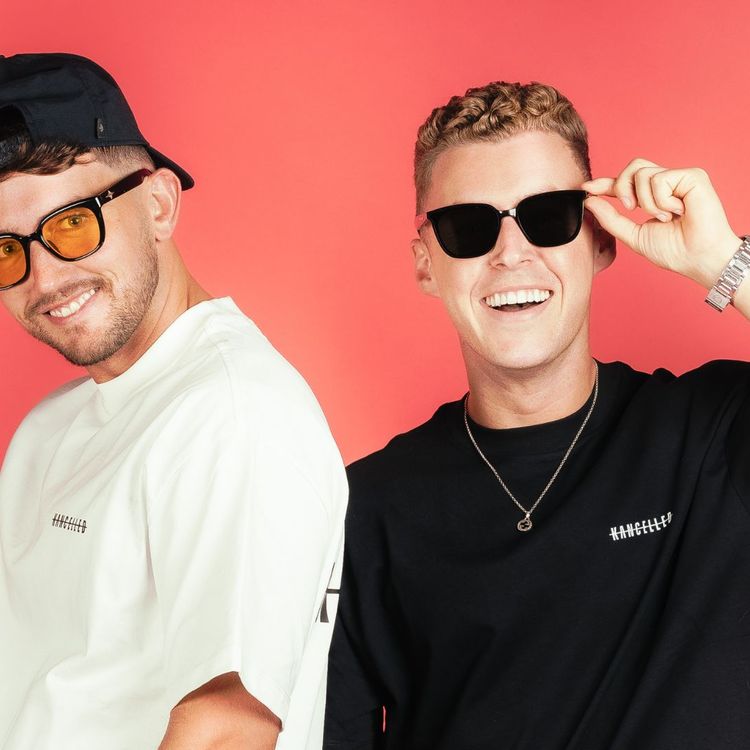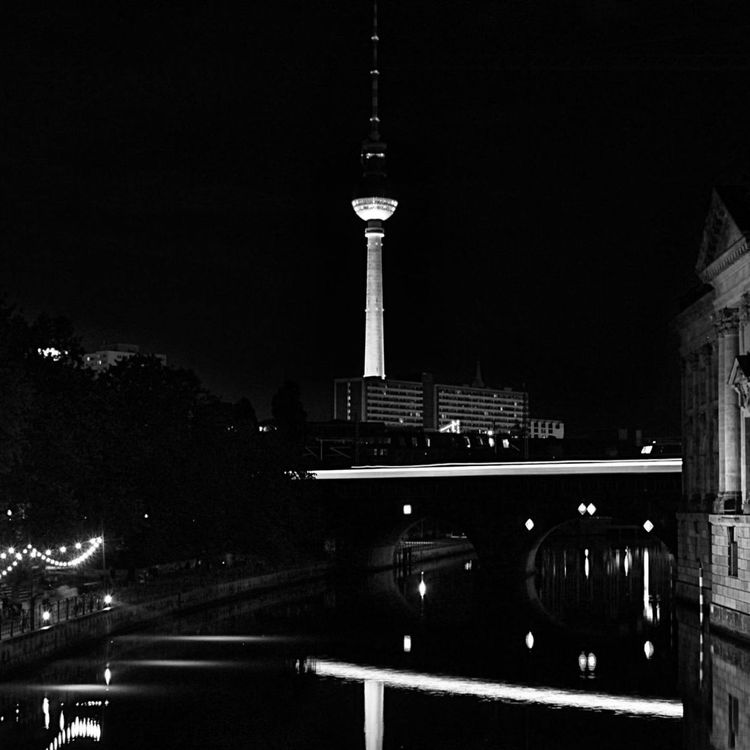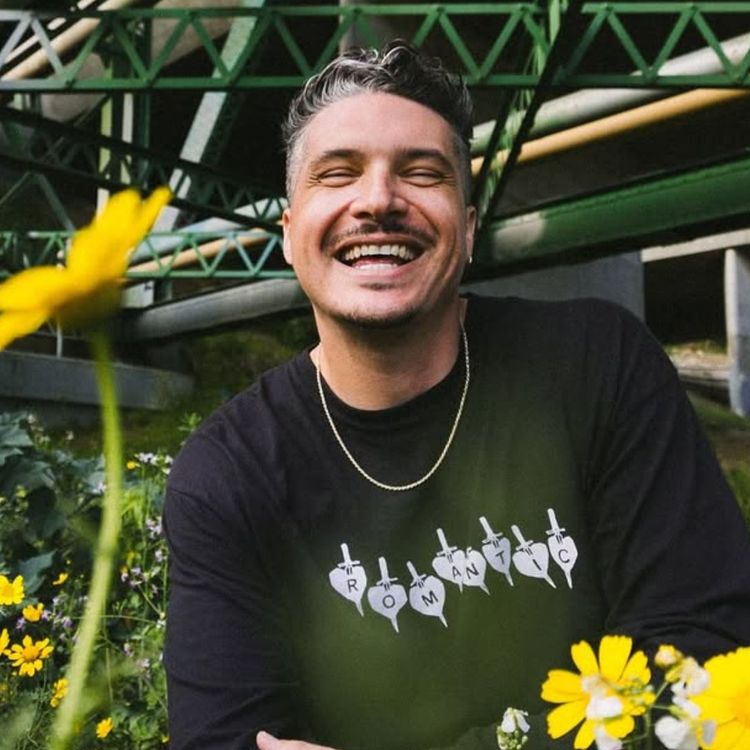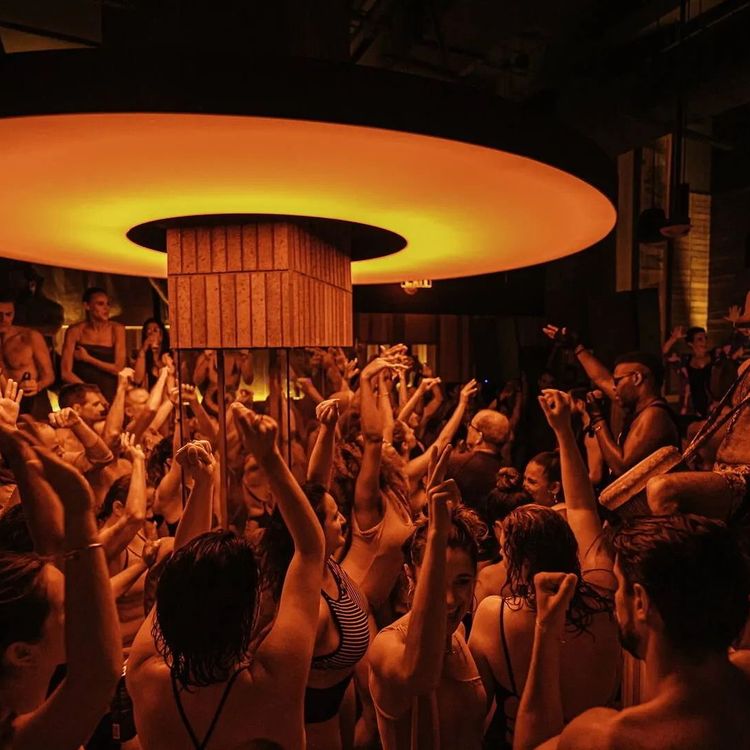The Evolution of the Ibiza Dress Code: From Hippie to High Fashion
Few places in the world wear their history as vividly as Ibiza. Over the past six decades, the island’s style has transformed from barefoot bohemian to glittering couture, yet it has never lost its soul. In the 1960s, free-spirited hippies in flowing cotton and handmade jewellery helped create a dress code rooted in freedom and self-expression. By the 1980s, Ibiza’s burgeoning club culture exploded into a riot of sequins, feathers, and neon. The 1990s brought rave energy and streetwear swagger, paving the way for the 2000s’ boho-luxe glamour and high-fashion VIP scene. Today, Ibiza blends all these influences into a kaleidoscope of looks - sustainable vintage, gender-fluid streetwear, and designer resortwear - all united by a single philosophy: dress how you like, but with style.
1960s - Bohemian Beginnings
In the 1960s, Ibiza became a magnet for hippies escaping political conservatism and seeking artistic freedom. The style was anti-establishment: men wore loose kaftans, Indian cotton shirts, or went shirtless; women embraced flowing skirts, peasant blouses, beads, and natural fabrics. Local Ibicenco elements - straw hats, espadrilles, embroidered shawls - blended with psychedelic prints and tie-dye. Public nudity and unisex fashion blurred gender lines, capturing a spirit of liberation immortalized in films like More (1969).

1970s - Flower Power & Adlib Fashion
The early 70s brought a new identity with Moda Adlib, launched in 1971 by Yugoslav princess Smilja Mihailovitch. Inspired by the phrase “ad libitum” (“at one’s pleasure”), Adlib merged traditional white Ibizan dresses with hippie ease - embroidered cotton, lace and flowing silhouettes. Women wore goddess-like white dresses, off-shoulder tops, flower crowns, and artisanal jewelry from hippie markets like Punta Arabí, which is still going today. Men stuck to bell-bottoms, linen shirts, and talismans. Later in the decade, evenings at the newly opened Pacha mixed bohemian daywear with playful disco touches, keeping the dress code loose, sensual, and creative.
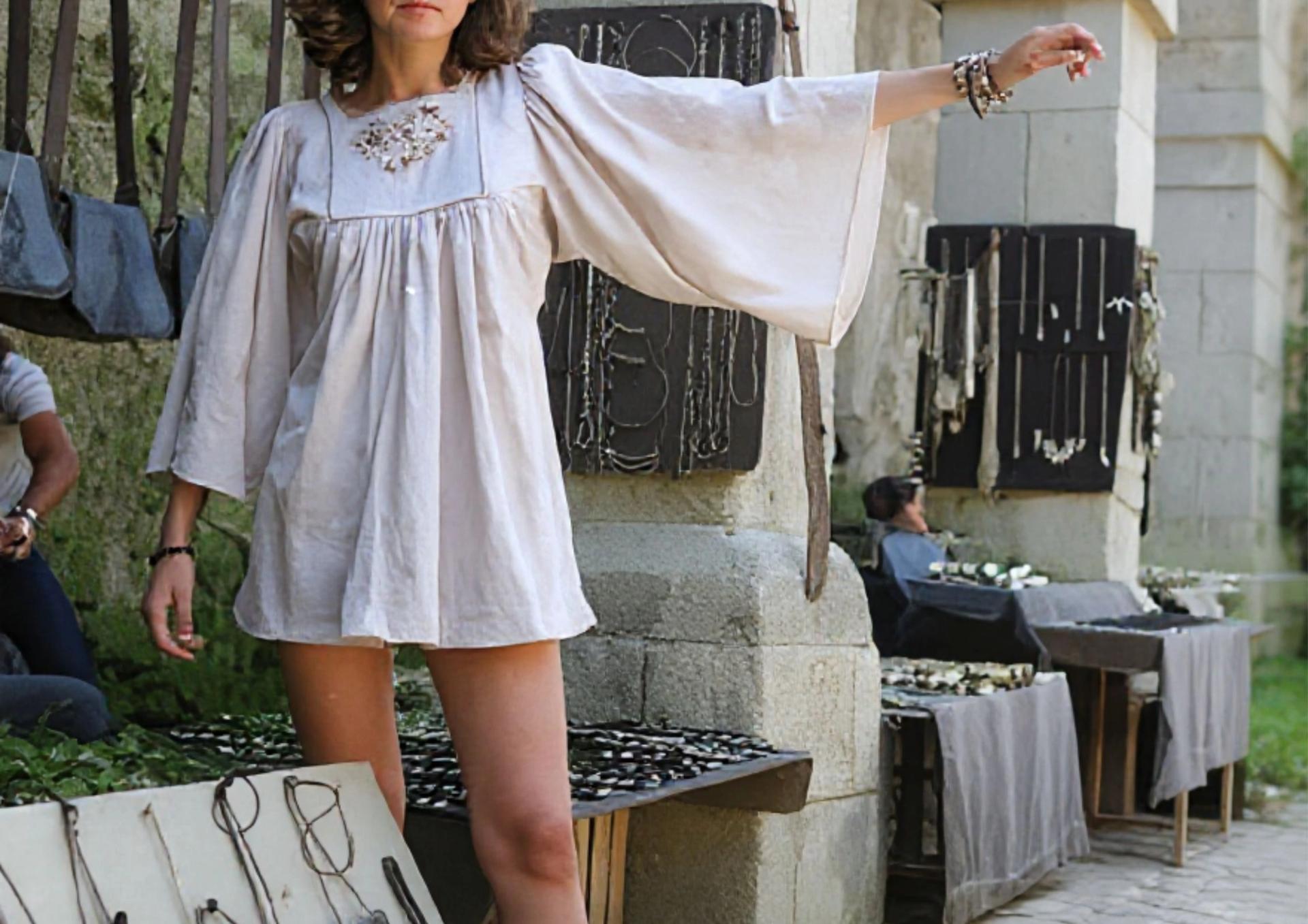
1980s - Glamour & Excess in Club Culture
By the 1980s, Ibiza was a global nightlife hotspot. Superclubs like Amnesia and Ku embraced extravagant themed nights. Women wore metallic mini-dresses, plunging jumpsuits, lingerie-inspired tops, and sometimes only body paint. Men rivaled them with drag ensembles, leather gear, spandex pants, or carnival costumes. Grace Jones’ performances epitomized this androgynous boldness. Leopard print, sequins, neon, and feathers ruled, while thong swimwear made its beach debut. Off the dancefloor, Balearic beat lovers sported tropical shirts and cut-off shorts, while Ibiza Town became a melting pot of punk, disco, and New Wave looks.
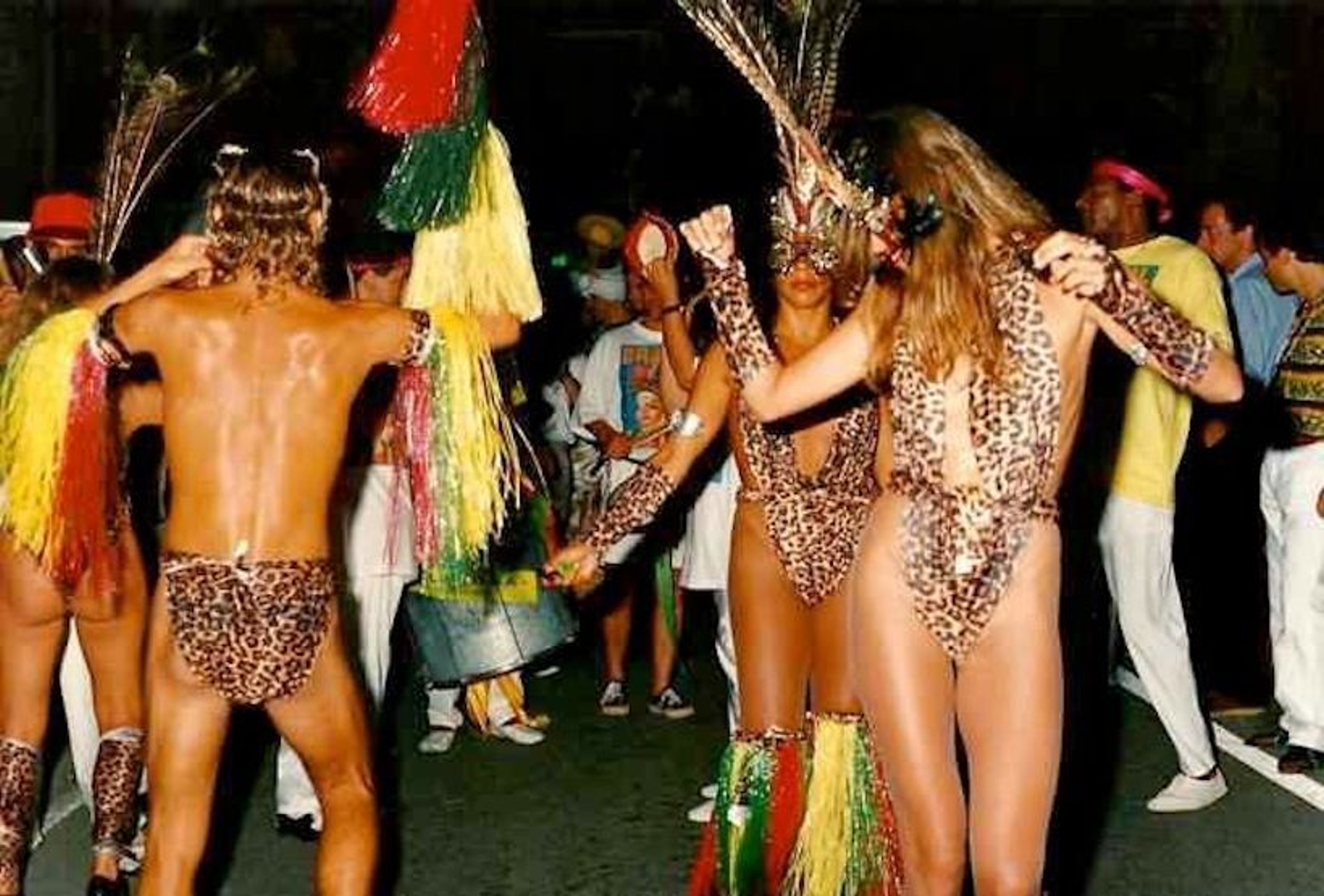
1990s - Rave Revolution & Global Clubbing
The rave boom transformed Ibiza in the 90s. Clubs like Space and Amnesia were filled with neon baggy pants, crop tops, smiley-face T-shirts, and glow stick accessories. Trainers replaced heels for all-night dancing. British package tourists brought football shirts, Union Jack shorts, and cheeky slogan tees, especially in San Antonio. In contrast, Pacha’s VIP set leaned towards minimalist and glamorous - Calvin Klein slip dresses for women, linen trousers and silk shirts for men. The infamous club night Manumission blended all worlds: burlesque performers, costumed ravers, and designer-clad socialites under one roof.
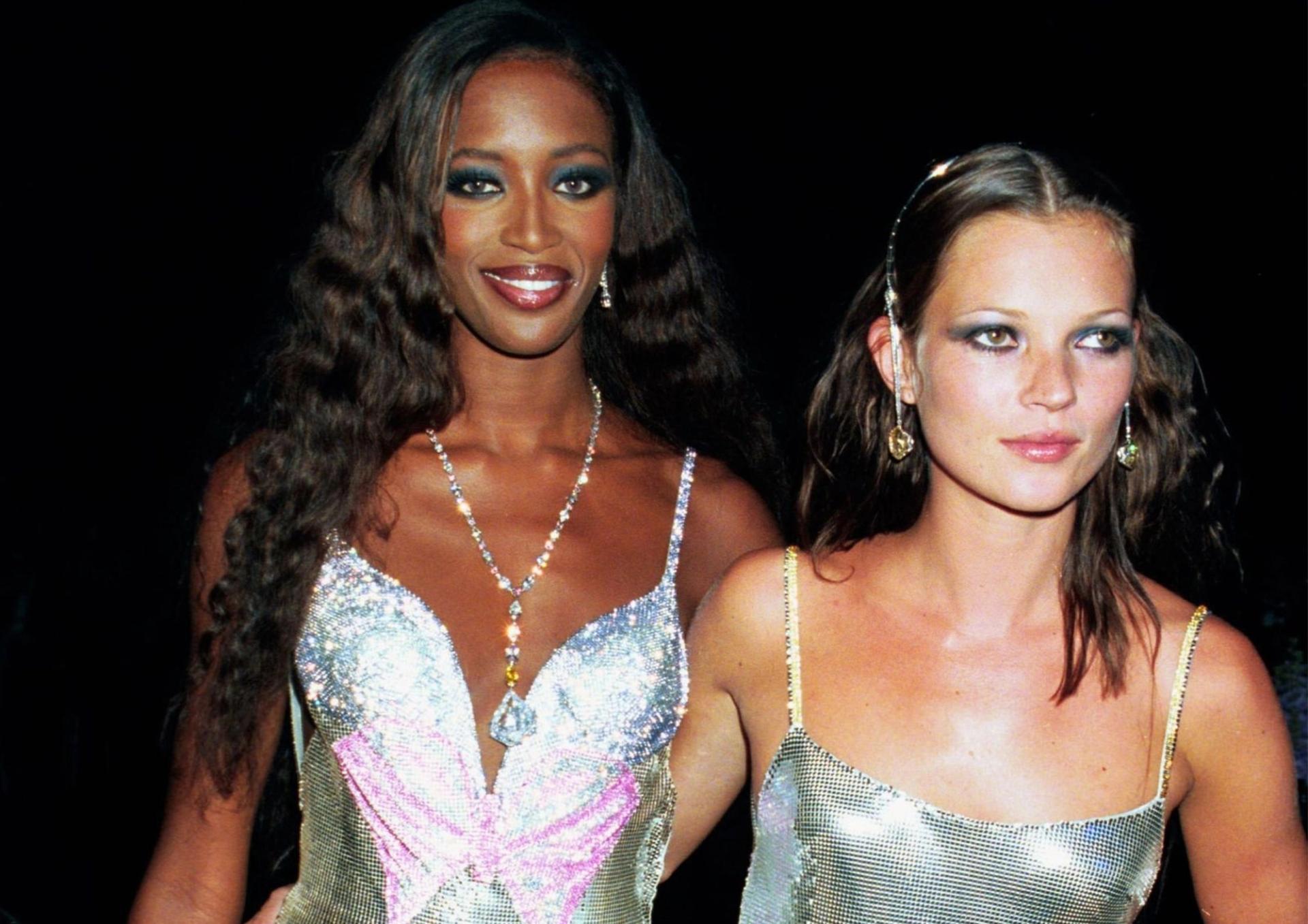
2000s - Boho-Luxe & Designer Nightlife
The 2000s brought celebrity DJs, VIP culture, and stricter dress codes at high-end clubs like Ushuaïa (which opened in 2008). Designer labels such as Hervé Léger, Versace, Dolce & Gabbana started to appear on dancefloors. Women wore stilettos and couture dresses; men flaunted crisp shirts, blazers, and luxury watches. Daytime style shifted to boho-luxe: kaftans, maxi dresses, gladiator sandals, wide-brim hats, and designer swimwear. Luxury boutiques opened in Marina Botafoch, while on-island designers updated traditional whites with modern cuts. Celebrities like Paris Hilton and P Diddy hosted glamorous theme parties, turning Ibiza into a catwalk. Underground spots like DC10 kept a stripped-down, streetwear aesthetic alive.

2010s - Instagram Era & Fashion Collabs
Social media transformed Ibiza fashion into a global trendsetter. Influencers curated photogenic wardrobes, perfect for “golden hour” shots at beach clubs and along the sunset strip. Festival-inspired outfits with crochet tops, face jewels and boots dominated daytime; nights mixed streetwear with couture - think sequined mini-dresses with sneakers. Luxury brands joined in: Loewe’s Paula’s Ibiza collection (launched 2017) revived 70s boho prints in high-end fabrics, becoming a summer staple. Adlib Fashion Week modernized its heritage lace and broderie anglaise with contemporary twists. Sustainability began to resurface, with vintage and upcycled fashion gaining traction alongside the influencer glam.
2020s - Fusion, Sustainability & Future Trends
Today, Ibiza style is a living collage of its history. At any moment you might see a couple in vintage Adlib whites, rave kids in neon bucket hats, or influencers in limited-edition designer capsules. Creative dressing has been reignited - more glitter, themed costumes, and a celebratory mix of eras. Sustainability has taken center stage, with vintage boutiques, clothing swaps, and slow-fashion brands flourishing. Gender-fluid fashion is more visible than ever, and earthy minimalist palettes are trending alongside metallic rave wear.
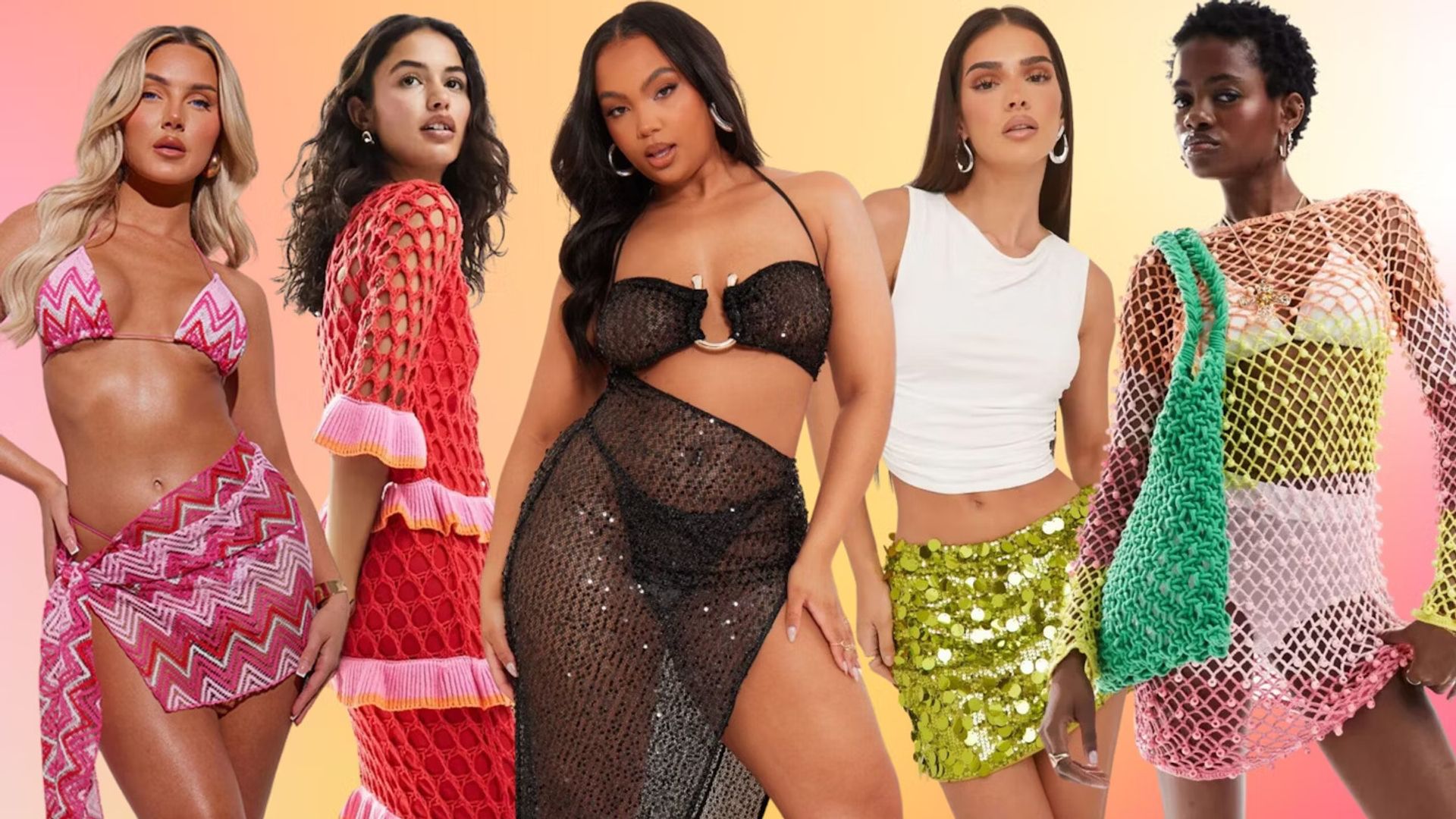
High fashion remains deeply entwined: Loewe’s Paula’s Ibiza thrives, The Attico opened a boutique in 2023, and magazines routinely shoot summer editorials on the island. Whether barefoot at a hippie market or in heels at Pacha’s VIP, Ibiza’s dress code still follows its original motto: “Dress how you like, but with style.” From the free-spirited 60s to today’s sustainable couture, Ibiza’s fashion remains as eclectic, daring, and joyfully individual as the island itself.





